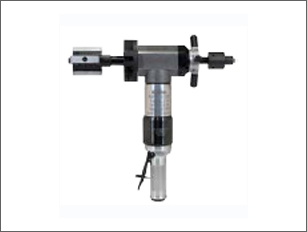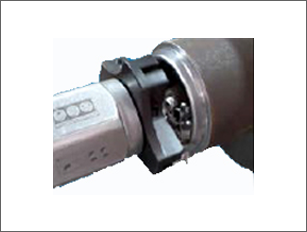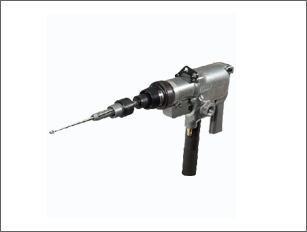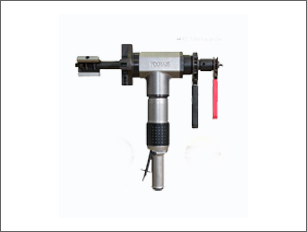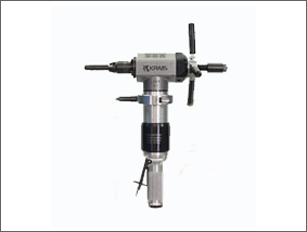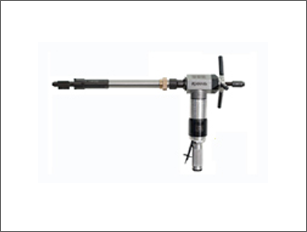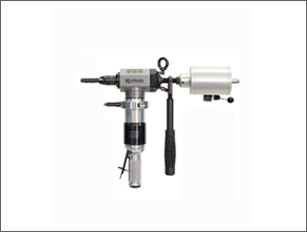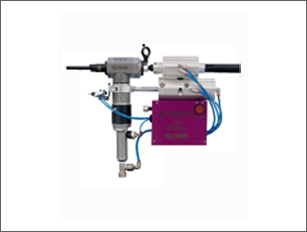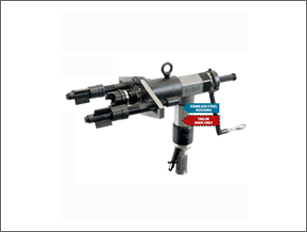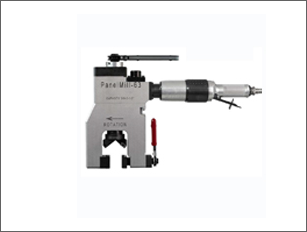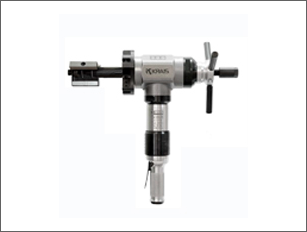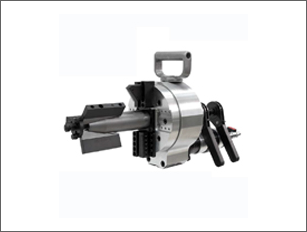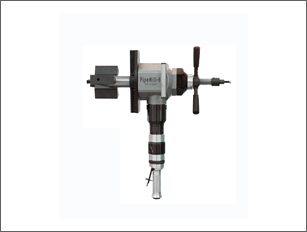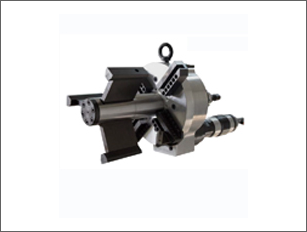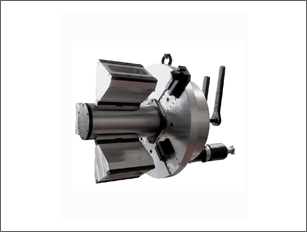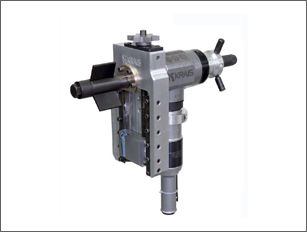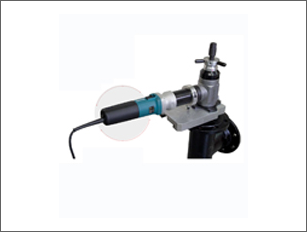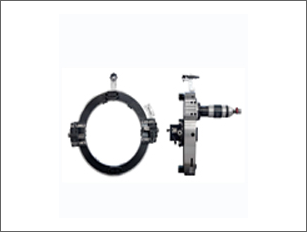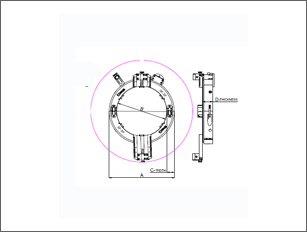Pipe Beveling, Cutting and Facing / Supplier And Exporter
Pipe Beveling, Cutting and Facing / Supplier And Exporter
Before pipes are used for welding, assembly, and installation, they must first undergo beveling, cutting, and facing. These procedures guarantee that pipes have smooth, even ends, the right length, and the right form to enable sturdy connections in a variety of sectors, including manufacturing, construction, and oil & gas.
Pipe Beveling: To create a beveled or angled surface, pipe beveling is the act of removing a part of the pipe's edge or end. A seamless transition is made possible by this beveled edge when two pipes are brought together, usually by welding. A robust and high-quality weld connection requires a groove or gap to be created between the pipe ends, which can only be achieved by beveling. Typically, specifications for the bevel angle and width are made in accordance with project needs or industry norms. A variety of instruments, such as
portable grinders, robotic beveling machines, or specialist pipe beveling equipment, can be used for beveling.
Pipe Beveling: Cutting a pipe to the correct length is known as pipe cutting. To guarantee that pipes fit together correctly during assembly or installation, precise and clean cuts are essential. For pipe cutting, a variety of instruments and techniques can be applied, contingent on the pipe's composition, diameter, and project specifications.
Typical techniques for cutting pipes are as follows:
• Hand-held pipe cutters: These are small-pipe-appropriate, manually operated cutting instruments.
• Band saws: Pipes can be cut with band saws that have the right kind of blade.
• Circle saws: Circular saws with abrasive blades are used for thicker materials or bigger pipes.
Oxyfuel cutting and plasma cutting are two techniques used to cut heavy-duty or thick-walled pipes, as those found in the oil and gas sector.
Pipe Facing: To make a pipe flat and smooth, pipe facing entails removing any blemishes or defects from the end of the pipe. For pipes that need to be linked using gaskets, flanges, or other sealing techniques, this procedure is very crucial. When flanges are utilized, the main goal of facing is to guarantee that the pipe's end surface is level and parallel, which aids in creating a leak-free connection. Specialized pipe facing equipment or tools intended for the job can be used for facing. Depending on the particular needs of the project, the facing
procedure may also be a component of the pipe beveling process.

